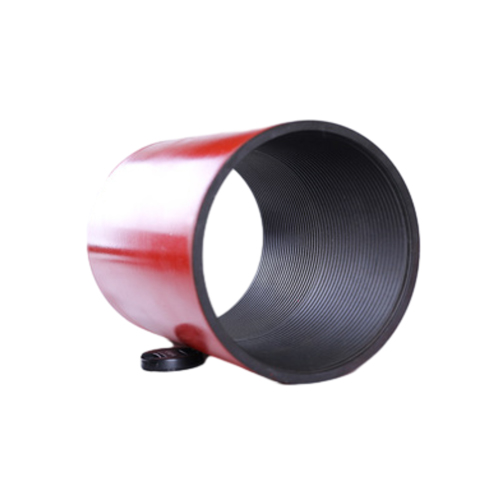- Afrikaans
- Albanian
- Amharic
- Arabic
- Armenian
- Azerbaijani
- Basque
- Belarusian
- Bengali
- Bosnian
- Bulgarian
- Catalan
- Cebuano
- Corsican
- Croatian
- Czech
- Danish
- Dutch
- English
- Esperanto
- Estonian
- Finnish
- French
- Frisian
- Galician
- Georgian
- German
- Greek
- Gujarati
- Haitian Creole
- hausa
- hawaiian
- Hebrew
- Hindi
- Miao
- Hungarian
- Icelandic
- igbo
- Indonesian
- irish
- Italian
- Japanese
- Javanese
- Kannada
- kazakh
- Khmer
- Rwandese
- Korean
- Kurdish
- Kyrgyz
- Lao
- Latin
- Latvian
- Lithuanian
- Luxembourgish
- Macedonian
- Malgashi
- Malay
- Malayalam
- Maltese
- Maori
- Marathi
- Mongolian
- Myanmar
- Nepali
- Norwegian
- Norwegian
- Occitan
- Pashto
- Persian
- Polish
- Portuguese
- Punjabi
- Romanian
- Russian
- Samoan
- Scottish Gaelic
- Serbian
- Sesotho
- Shona
- Sindhi
- Sinhala
- Slovak
- Slovenian
- Somali
- Spanish
- Sundanese
- Swahili
- Swedish
- Tagalog
- Tajik
- Tamil
- Tatar
- Telugu
- Thai
- Turkish
- Turkmen
- Ukrainian
- Urdu
- Uighur
- Uzbek
- Vietnamese
- Welsh
- Bantu
- Yiddish
- Yoruba
- Zulu
Petroleum Tubing Connections and Their Importance in Oil Industry Operations
Understanding Petroleum Tubing Couplings Key Components in Oil and Gas Operations
Petroleum tubing couplings play a critical role in the oil and gas industry, facilitating the transportation of crude oil and natural gas from underground reservoirs to the surface. These couplings are essential components of the tubular goods used in drilling operations, particularly in the assembly of drill strings and production tubing. Understanding their function, design, and significance can provide valuable insights into the broader context of petroleum engineering.
At its core, a tubing coupling is a short length of pipe with threaded ends that connects two sections of tubing. The primary purpose of these couplings is to ensure a secure and leak-proof joint between individual lengths of tubing, which can extend several miles underground. This becomes increasingly vital as extraction operations occur deeper and in more challenging geological conditions, where the integrity of the entire system is contingent upon the durability of these connections.
Design and Materials
The design of petroleum tubing couplings is paramount to their effectiveness
. They must not only fit snugly with both ends of the tubing but also withstand significant mechanical and environmental stresses. Commonly used materials for making these couplings include carbon steel, which provides high tensile strength and durability, and sometimes alloy steels, which can enhance resistance to corrosion and fatigue. Advanced coatings or treatments, such as galvanization or the application of protective polymers, are often employed to increase the lifespan of couplings, especially in corrosive environments.The threading on the ends of the couplings is a critical feature. Various thread patterns exist, and the choice of thread type can affect the ease of installation and the overall strength of the joint. Regulations and standards, such as those set by the American Petroleum Institute (API), guide the design and manufacturing processes, ensuring universal compatibility and safety in operations.
petroleum tubing coupling

Importance in Operations
The significance of petroleum tubing couplings cannot be overstated. During drilling operations, they are integral in forming the drill string, which is the assembly of pipes that enables the drilling bit to penetrate the earth. Quality couplings ensure that this string does not fail under the harsh conditions of deep drilling, which can involve high pressure, extreme temperatures, and abrasive materials.
Once drilling is complete and production begins, these couplings continue to serve a vital purpose. They facilitate the flow of hydrocarbons during extraction processes while maintaining the structural integrity needed to handle various pressures associated with reservoir dynamics. Any failure in the coupling could lead to leaks, blowouts, or complete operational halts, which could have dire financial and environmental consequences.
Conclusion
In summary, petroleum tubing couplings are a fundamental component in the infrastructure of the oil and gas industry. Their design, materials, and adherence to industry standards play a crucial role in ensuring safe and efficient operations. As the industry continues to evolve with advances in technology and increased focus on safety and environmental sustainability, the importance of reliable coupling solutions will remain paramount. For anyone engaged in petroleum engineering or related fields, a thorough understanding of tubing couplings and their functionality is essential for success in the industry. By ensuring the integrity of these critical connections, operators can minimize the risks associated with extraction processes and maximize the efficiency of petroleum operations.
-
Well Casing Extension Couplings – Applications and InstallationNewsJun.06,2025
-
Types of Crossover Subs in Drilling & CompletionNewsJun.06,2025
-
Key Features of High-Quality Tubing Pup JointsNewsJun.06,2025
-
Installation and Maintenance Tips for Steel Couplings for PipeNewsJun.06,2025
-
How to Select the Right Pup Joint for Oil & Gas OperationsNewsJun.06,2025
-
Applications of Stainless Steel Pipe CouplingsNewsJun.06,2025







